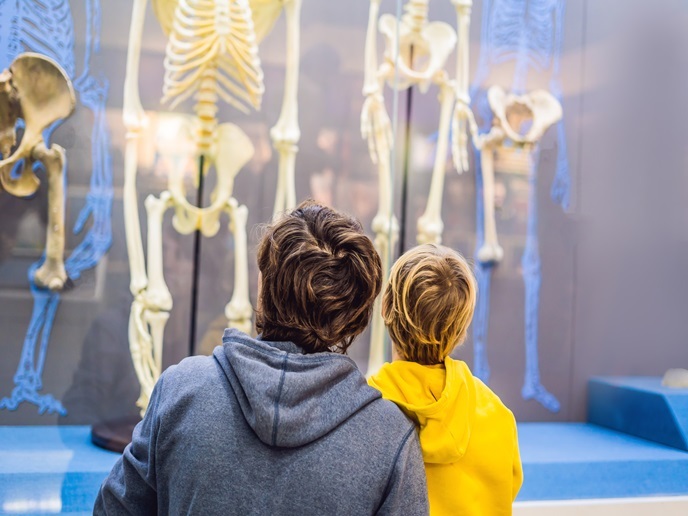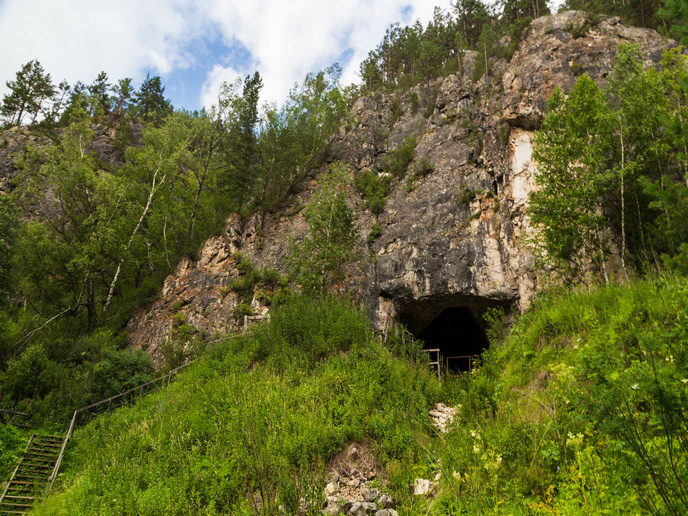Calibrating the timing of Neanderthal and modern human contact
Roughly 40 000 years ago, the fates of our human ancestors and Neanderthals collided. During a window of around 5 000 years, the two species interacted in ways still hotly debated. Thanks to genetic evidence, we know that they interbred, yet pinpointing the exact timing of their interactions has always been tricky. Radiocarbon results of archaeological materials need to be calibrated against an independent record – a so-called calibration curve. Up until now, this curve hasn’t been precise enough to allow us to paint an accurate picture of the past. “The uncertainties have been so large that, metaphorically speaking, it’s like receiving an email today from Julius Caesar,” says RESOLUTION(opens in new window) project coordinator Sahra Talamo, director of the Radiocarbon Laboratory at the University of Bologna(opens in new window) in Italy. “The time signal is that blurred.”
Searching for glacial trees
In the RESOLUTION project, supported by the European Research Council(opens in new window), Talamo and her colleagues sought to establish the first accurate chronology all the way back to 50 000 years ago. To do this, they refined the calibration curve using ancient, fossilised trees. “This enabled us to significantly advance our understanding of the timing and nature of interactions between anatomically modern humans (AMHs) and Neanderthals, providing key chronological insights that were previously out of reach,” adds Talamo. To establish their chronology, the team first had to identify suitable glacial trees. This quest took them to industrial sand and gravel pits across Italy, and a newly discovered submerged fossil forest just off the coast of Portugal. Using these trees, the team produced a millennium-long tree-ring chronology(opens in new window) for a portion of the last glacial period roughly 18 475 to 17 350 years ago. PhD student Silvia Cercatillo also constructed a 220-year-long tree-ring chronology(opens in new window), which showed ancient trees’ value in improving radiocarbon calibration.
A precise chronology of the distant past
The researchers were also able to obtain chronologically precise, directly dated evidence of AMH presence and symbolic behaviour in Europe. This was most notably demonstrated in two significant publications. In the first, the team reported the discovery of an ivory pendant and an awl (a pointed tool) from a cave in Poland dating to approximately 41 500 calibrated years before the present. In more recent work, the researchers pioneered ‘Radiocarbon 3.0.’, a more refined dating system that has opened the door to a new generation of radiocarbon science. “With the precision and methodological innovations achieved in this project, we have laid the groundwork for pushing tree-ring-based calibration significantly further back into the Upper Pleistocene, potentially as far as 50 000 years ago,” notes Talamo. “This is not just a scientific milestone, but a transformative step forward for both archaeology and climate research.”
A history of hominid co-existence
The RESOLUTION project showed that rather than a broad co-existence between Neanderthals and AMHs, the two likely occupied different regions during specific environmental windows. Their interactions were probably shaped as much by climatic shifts as by cultural or biological factors. “Thanks to Radiocarbon 3.0. we are no longer confined to general assumptions about when Homo sapiens arrived or how they overlapped with Neanderthals,” remarks Talamo. “We now have the means to track these processes as they unfolded in real time.” Beyond the scientific publications, Talamo also published a book(opens in new window) (website in Italian) that reflects on the journey of the RESOLUTION project. This aims to inspire young researchers to do research at a similar level.




